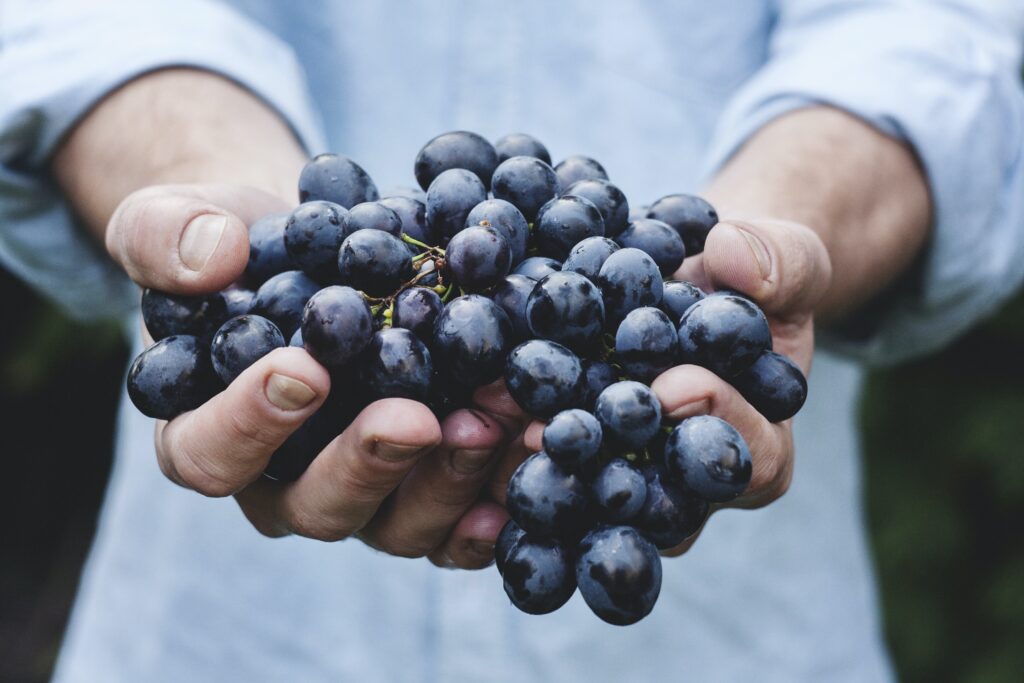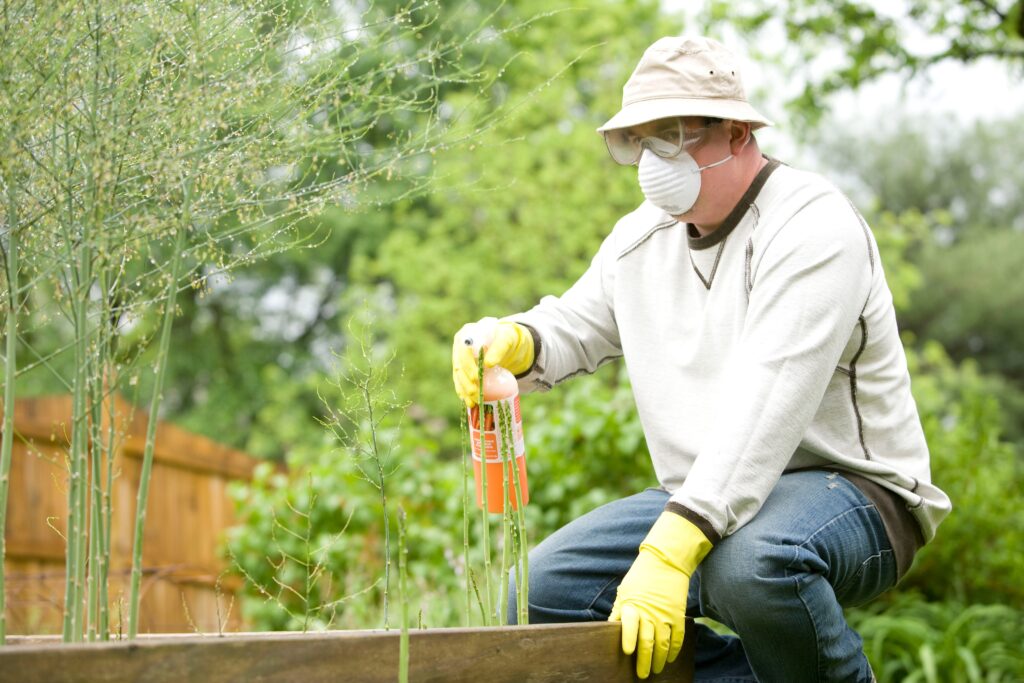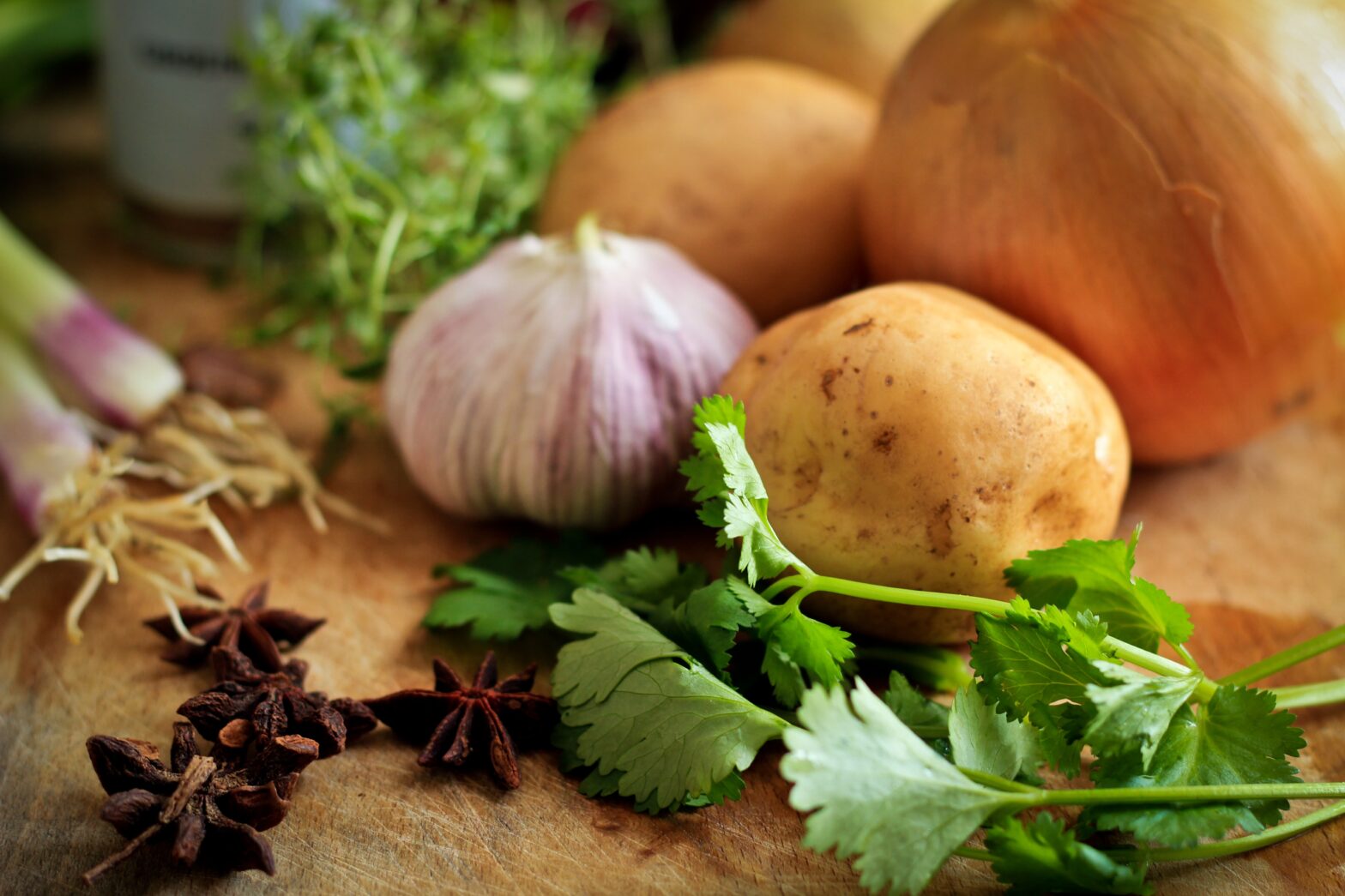When it comes to weaning, safety and hygiene are of utmost importance for the well-being of babies. In this article, the focus is on providing essential tips and tricks for maintaining hygiene while preparing baby food. Emphasizing the significance of handwashing and keeping equipment, work surfaces, and appliances clean, the article also advises against cross-contamination by recommending the use of separate chopping boards for raw and ready-to-eat foods. Moreover, it offers guidance on the safe storage of weaning recipes, including the proper cooling and freezing of batch-cooked food, as well as the importance of thoroughly defrosting food before cooking. With additional resources available on weaning, readers are encouraged to share their experiences for a comprehensive understanding of this crucial stage in a baby’s development.

Hygiene Practices
Maintaining proper hygiene practices is essential when it comes to preparing food for babies during the weaning process. By following certain guidelines, parents can ensure that they are providing safe and healthy meals for their little ones. This section will discuss some important hygiene practices that should be followed.
Washing Hands
One of the most crucial hygiene practices is washing hands thoroughly before handling food. Parents should make it a habit to wash their hands with soap and warm water for at least 20 seconds before preparing any meals for their babies. This step helps to remove any bacteria or germs that might be present on the hands and prevents them from contaminating the food.
Cleaning Equipment and Surfaces
In addition to washing hands, it is important to keep all equipment and surfaces clean and sanitized. This includes utensils, cutting boards, bowls, and any other tools used in the preparation of baby food. After use, these items should be washed with hot, soapy water and rinsed thoroughly. It is also recommended to sanitize them using a diluted bleach solution or other appropriate cleaning products.
Using Separate Chopping Boards
To prevent cross-contamination, it is advisable to use separate chopping boards for raw and ready-to-eat foods. Raw meat, poultry, and fish can contain harmful bacteria that can cause foodborne illnesses. By using separate boards, parents can avoid the risk of these bacteria transferring to other foods, such as fruits and vegetables, that do not require cooking. Color-coded chopping boards can be a helpful tool in ensuring that the correct board is used for each type of food.
Avoiding Cross-Contamination
Cross-contamination can occur when bacteria from one food item spread to another. To avoid this, it is important to handle raw and cooked food separately. Raw meat, poultry, and fish should be stored separately from ready-to-eat foods, such as fruits, vegetables, and cooked meals. This can prevent the transmission of harmful bacteria and reduce the risk of foodborne illnesses.
Safe Storage of Weaning Recipes
Proper storage of weaning recipes is crucial to maintain the quality and safety of the food. By following safe storage practices, parents can ensure that the meals prepared for their babies remain fresh and nutritious.
Keeping Raw and Ready-to-Eat Food Separate
When storing weaning recipes, it is important to keep raw and ready-to-eat food separate. Raw meat, poultry, and fish can contain harmful bacteria, which can multiply and cause foodborne illnesses if not handled properly. To prevent cross-contamination, it is recommended to store raw meat in sealed containers or bags on the bottom shelf of the refrigerator. This prevents any drips or leaks from contaminating other foods.
Properly Cooling and Freezing Food
Proper cooling and freezing of weaning recipes are essential steps in maintaining their quality and safety. After cooking, it is important to cool the food quickly. This can be done by placing the hot food in shallow containers and placing them in the refrigerator. This rapid cooling prevents bacteria from multiplying. Once the food has cooled down, it can be transferred to airtight containers or freezer bags for long-term storage in the freezer.
Thoroughly Defrosting Food
When it comes to using frozen weaning recipes, proper defrosting is necessary to ensure that the food is safe to eat. It is recommended to defrost the food in the refrigerator overnight or using the defrost setting in the microwave. This slow and controlled defrosting process helps to prevent the growth of harmful bacteria. It is important to never refreeze food that has been previously frozen and thawed.

Determining Readiness for Weaning
Knowing when a baby is ready for weaning is an important aspect of introducing solid foods into their diet. It is crucial to ensure that a baby’s digestive system is mature enough to handle food other than breast milk or formula.
Signs of Readiness
There are certain signs that indicate a baby is ready for weaning. These include being able to sit up with support, showing an interest in food when others are eating, and no longer pushing food out of their mouth with their tongue. Additionally, babies should be able to hold their head steadily and have good hand-eye coordination.
Introduction of Solid Foods
Once the signs of readiness are present, parents can begin introducing solid foods into their baby’s diet. It is recommended to start with single-ingredient foods, such as pureed fruits or vegetables, and gradually introduce new foods over time. This allows parents to monitor any potential allergies or reactions and enables the baby to adjust to the new textures and flavors.
Consulting with a Pediatrician
Before starting the weaning process, it is always a good idea to consult with a pediatrician. They can provide guidance and answer any questions or concerns that parents may have. A pediatrician can also offer advice on the timing and types of foods to introduce based on the baby’s individual needs and development.
Additional Resources
There are various resources available to parents that can provide additional guidance and support throughout the weaning process.
Reference Books and Websites
Many reference books and websites dedicated to baby nutrition and weaning can be valuable sources of information. These resources often provide detailed instructions, recipes, and tips for preparing and introducing solid foods. Some popular books include “Baby-Led Weaning” by Gill Rapley and Tracey Murkett, and “The Baby & Toddler Cookbook” by Karen Ansel and Charity Ferreira.
Parenting Blogs and Support Groups
Parenting blogs and online support groups can also be beneficial in providing a sense of community and a platform for sharing experiences and seeking advice. These platforms allow parents to connect with others who are going through similar experiences and can offer support and encouragement. Some popular parenting blogs and support groups include The Bump, BabyCenter, and Parenting.com.

Conclusion
Ensuring the safety and hygiene of food prepared for babies during the weaning process is of utmost importance. By following proper hygiene practices, such as washing hands, cleaning equipment and surfaces, using separate chopping boards, and avoiding cross-contamination, parents can minimize the risk of foodborne illnesses. Safe storage practices, including keeping raw and ready-to-eat food separate, properly cooling and freezing food, and thoroughly defrosting food, help to maintain the quality and safety of weaning recipes. It is also crucial to determine a baby’s readiness for weaning through the observation of specific signs and consulting with a pediatrician. By utilizing additional resources, such as reference books, websites, parenting blogs, and support groups, parents can gain valuable information and support during the weaning journey. Ultimately, following safety measures and sharing experiences can contribute to a positive and successful weaning experience for both parents and babies.
